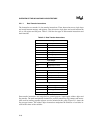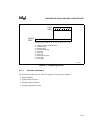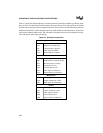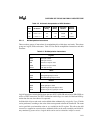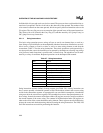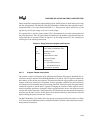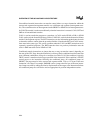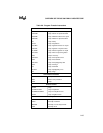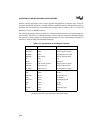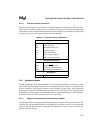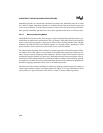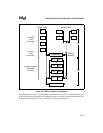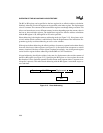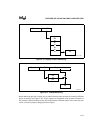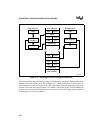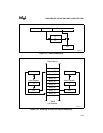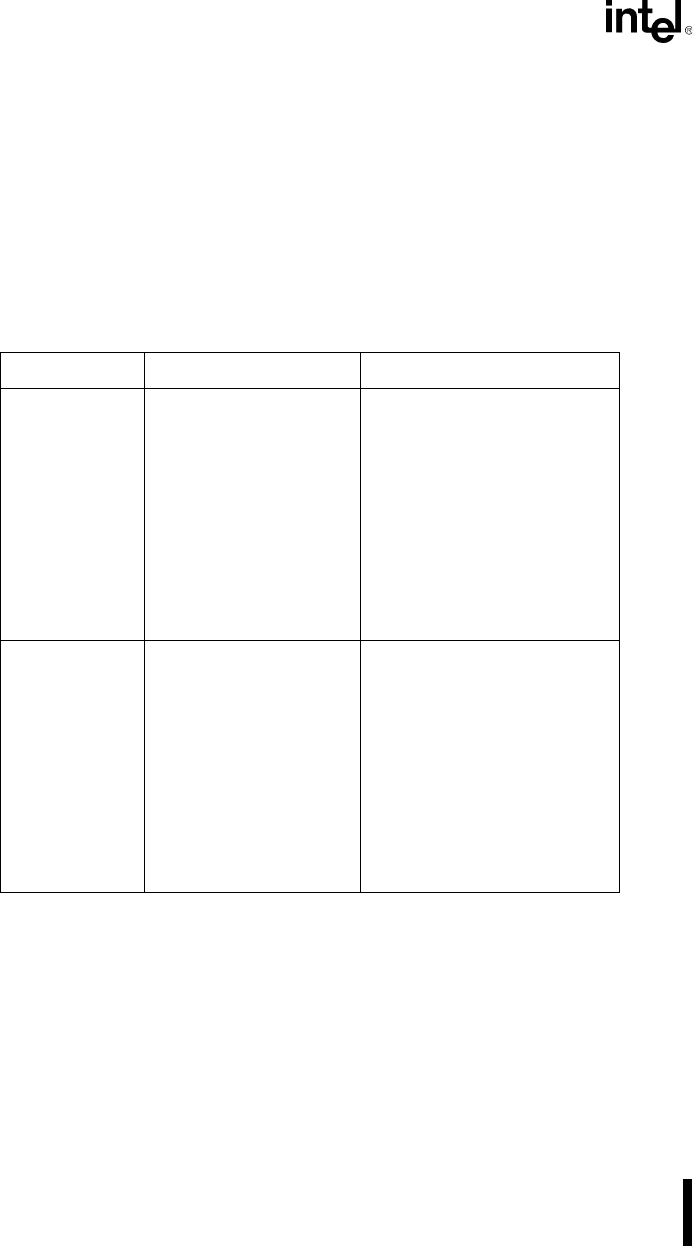
OVERVIEW OF THE 80C186 FAMILY ARCHITECTURE
2-26
Iteration control instructions can be used to regulate the repetition of software loops. These in-
structions use the CX register as a counter. Like the conditional transfers, the iteration control in-
structions are self-relative and can transfer only to targets that are within –128 to +127 bytes of
themselves. They are SHORT transfers.
The interrupt instructions allow programs and external hardware devices to activate interrupt ser-
vice routines. The effect of a software interrupt is similar to that of a hardware-initiated interrupt.
The processor cannot execute an interrupt acknowledge bus cycle if the interrupt originates in
software or with an NMI (Non-Maskable Interrupt).
Table 2-10. Interpretation of Conditional Transfers
Mnemonic Condition Tested “Jump if…”
JA/JNBE (CF or ZF)=0 above/not below nor equal
JAE/JNB CF=0 above or equal/not below
JB/JNAE CF=1 below/not above nor equal
JBE/JNA (CF or ZF)=1 below or equal/not above
JC CF=1 carry
JE/JZ ZF=1 equal/zero
JG/JNLE ((SF xor OF) or ZF)=0 greater/not less nor equal
JGE/JNL (SF xor OF)=0 greater or equal/not less
JL/JNGE (SF xor OF)=1 less/not greater nor equal
JLE/JNG ((SF xor OF) or ZF)=1 less or equal/not greater
JNC CF=0 not carry
JNE/JNZ ZF=0 not equal/not zero
JNO OF=0 not overflow
JNP/JPO PF=0 not parity/parity odd
JNS SF=0 not sign
JO OF=1 overflow
JP/JPE PF=1 parity/parity equal
JS SF=1 sign
NOTE: The terms
above
and
below
refer to the relationship of two unsigned values;
greater
and
less
refer to the relationship of two signed values.



